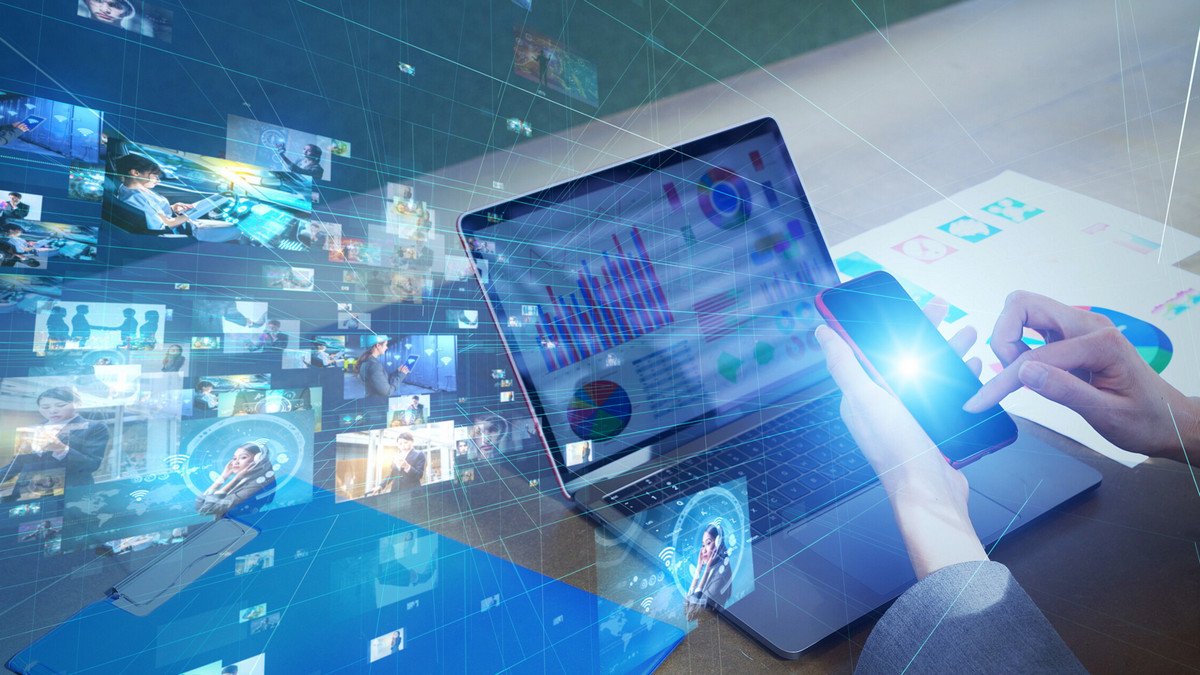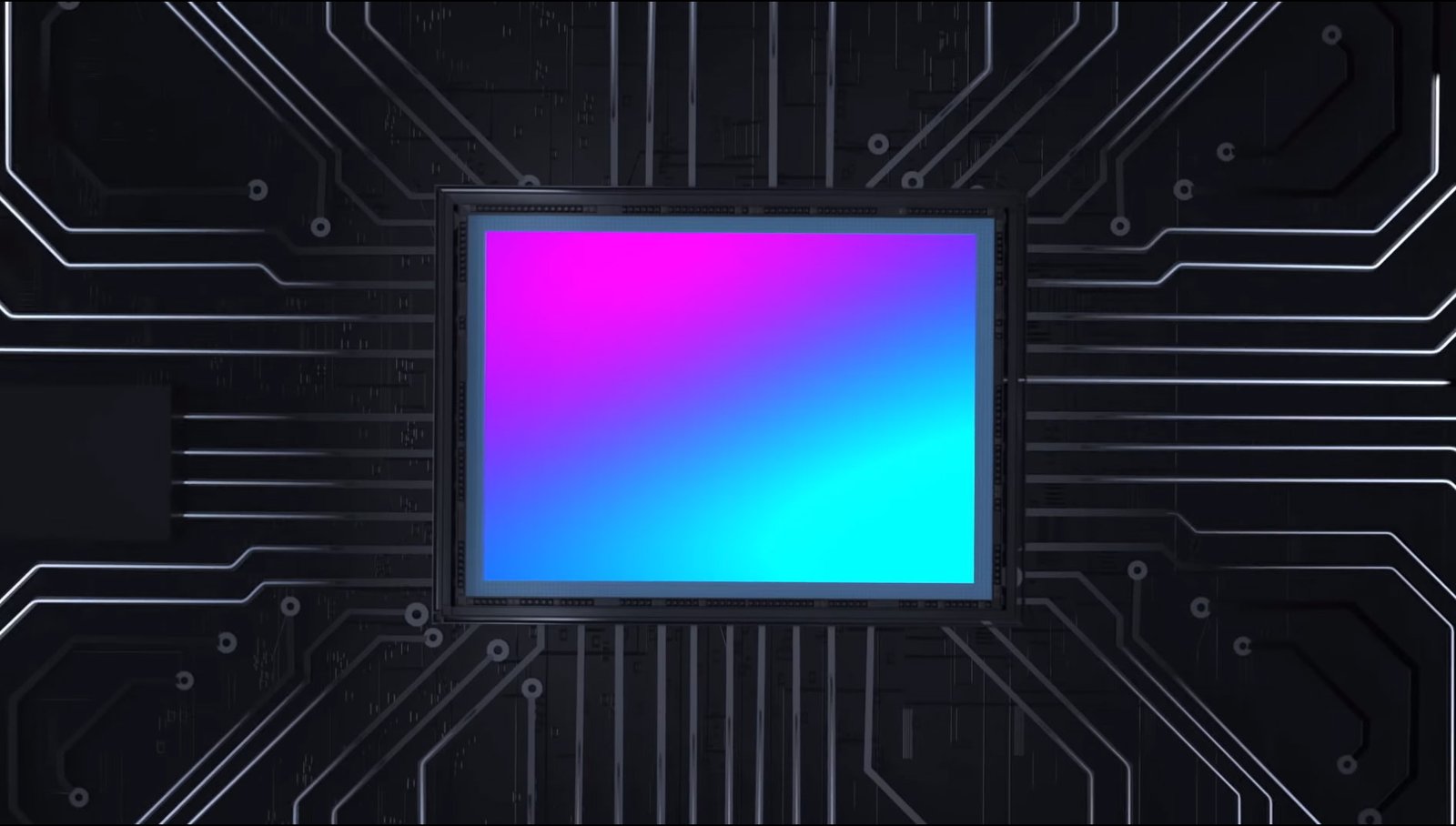
Develop Sensors
Sensors are devices that detect and respond to physical changes in the environment, such as changes in temperature, pressure, or light. These devices are used in a wide range of applications, from monitoring environmental conditions and industrial processes to detecting motion and measuring biometric data.
Developing sensors is a complex and iterative process that requires a deep understanding of the physical phenomena that the sensors are designed to detect, as well as expertise in materials science, electrical engineering, and signal processing. By developing new and innovative sensors, researchers and engineers can help to improve the efficiency and effectiveness of a wide range of applications, from medical diagnostics and environmental monitoring to autonomous vehicles and smart cities.

Developing Sensors Activities
Research and development: The first stage of developing sensors involves conducting research into the physical phenomena that the sensors are designed to detect. This may involve studying the behaviour of materials and electrical signals, as well as developing new measurement techniques and testing methodologies.
Design: Once the research is completed, the next step is to design the sensor itself. This may involve selecting appropriate materials and components, as well as designing the electrical and mechanical components of the sensor.
Fabrication: After the design has been finalized, the sensor must be fabricated. This may involve using specialized equipment, such as lithography or 3D printing, to create the necessary structures and components.


Testing and calibration: Once the sensor has been fabricated, it must be tested and calibrated to ensure that it is working correctly. This may involve testing the sensor's response to different stimuli, as well as calibrating the sensor to ensure that it is measuring accurately.
Optimization and improvement: Finally, sensors may be optimized and improved over time, based on feedback from customers and ongoing research and development efforts. This may involve refining the design, improving the manufacturing process, or developing new algorithms and signal processing techniques to enhance the performance of the sensor.
